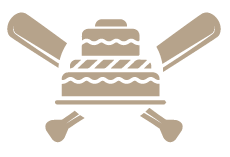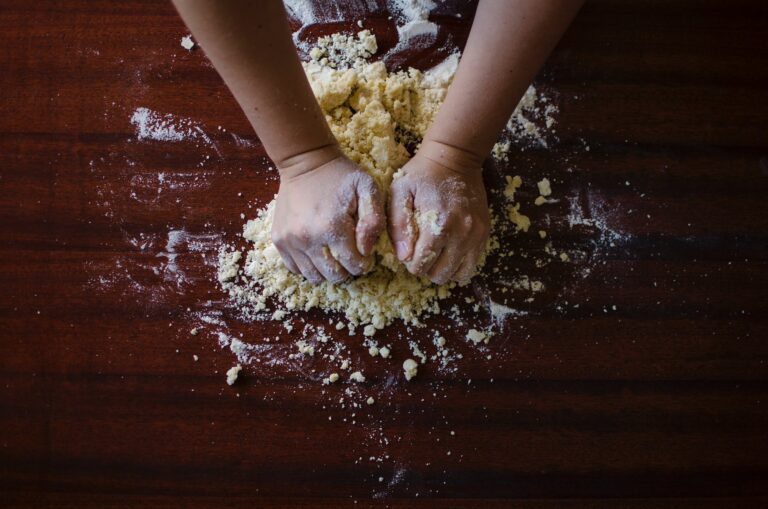Baking is a delightful and rewarding culinary art that has been passed down through generations. Whether you’re a complete novice or someone looking to refresh your baking knowledge, understanding the basics of baking is essential. In this blog, we’ll walk you through the fundamental principles and techniques that will help you embark on your baking journey with confidence.
- The Importance of Precise Measurements
Baking is a science, and precision is key. Accurate measurements of ingredients are crucial to ensure your recipes turn out as intended. Invest in reliable measuring cups and spoons, and when measuring dry ingredients like flour or sugar, always level them off with a flat edge.
- Understanding Ingredient Functions
Baking recipes often call for specific ingredients, and understanding their functions can be incredibly helpful:
- Flour: The backbone of most baked goods, providing structure and stability.
- Leavening Agents: Baking powder and baking soda are used to create a rise in baked goods by producing carbon dioxide gas when combined with moisture and acid.
- Fats: Butter, shortening, and oil add moisture, tenderness, and flavor to your creations.
- Sugar: Sweetens and tenderizes baked goods while contributing to browning and flavor.
- Eggs: Bind and provide structure, moisture, and leavening to baked goods.
- Dairy: Milk, cream, and yogurt add moisture and fat to your recipes.
- Mixing Techniques
There are various mixing techniques you’ll encounter in baking:
- Creaming: Beating butter and sugar together until light and fluffy. It incorporates air, which helps leaven your baked goods.
- Folding: Gently incorporating delicate ingredients, such as whipped egg whites, into a heavier mixture without deflating them.
- Kneading: Essential for bread and some pastry dough, kneading develops gluten, which provides structure.
- Stirring: Combining ingredients until just mixed to avoid overmixing, which can make baked goods tough.
- Temperature Matters
The temperature of your ingredients can greatly impact the outcome of your baked goods. Butter, eggs, and dairy are often called for at room temperature, while ingredients like chocolate and fruits can vary depending on the recipe. Follow your recipe’s guidance for the best results.
- Baking Equipment
Essential baking equipment includes measuring cups and spoons, mixing bowls, spatulas, whisks, baking pans, parchment paper, and an oven thermometer to ensure accurate baking temperatures. Depending on your interests, you may also want to invest in a stand mixer, rolling pin, and other specialized tools.
- Preheating the Oven
Always preheat your oven before baking. Preheating ensures that your baked goods will bake evenly and consistently. Most recipes specify the desired oven temperature, so make sure to adjust your oven settings accordingly.
- The Toothpick Test
A simple but effective way to check if your baked goods are done is the “toothpick test.” Insert a toothpick or a cake tester into the center of your creation, and if it comes out clean (with no wet batter clinging to it), your baked goods are ready.
- Patience and Practice
Baking is an art that requires patience and practice. Don’t be discouraged by initial failures or unexpected results. Each baking experience is an opportunity to learn and improve your skills.
Mastering the basics of baking is a journey well worth taking. Armed with a good understanding of ingredients, techniques, and essential tips, you’re on your way to creating delicious cakes, cookies, bread, and more. So, roll up your sleeves, gather your ingredients, and start baking your way to culinary delights. Happy baking!


